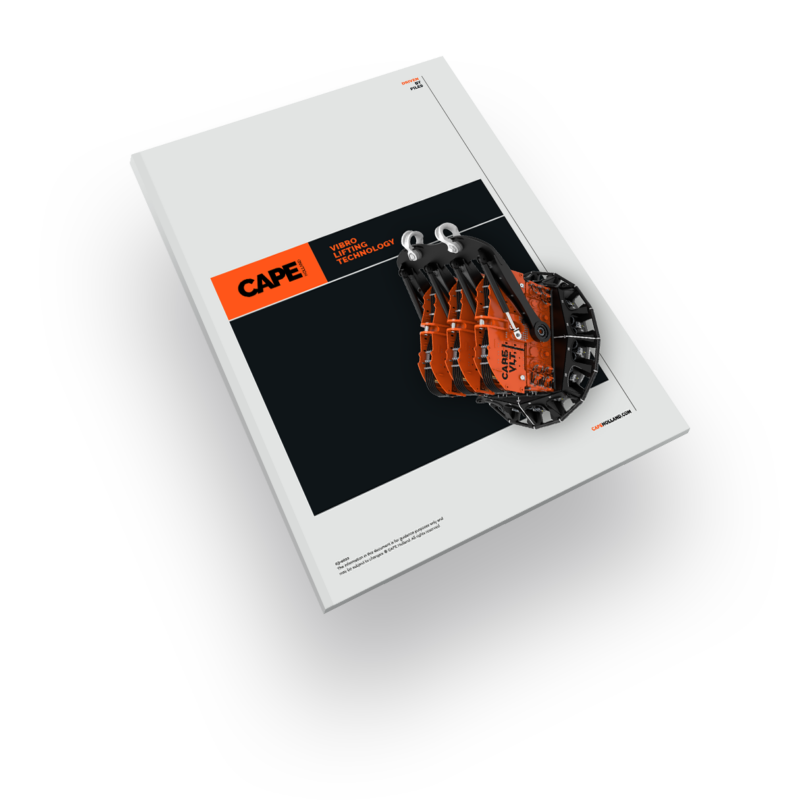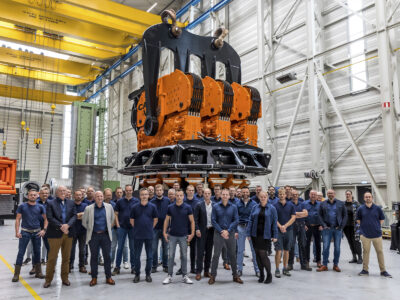Monopile
Decommissioning
on Dutch OWF
MONOPILE DECOMMISSIONING ON DUTCH OWF
With the first Offshore Wind foundations coming to the end of their design life, the subject of decommissioning is becoming an ever more discussed topic. As with a lot of techniques, most in the offshore are copied from the oil and gas industry where it is common practice to cut the structures and leave the foundation behind in the seabed. However with the large amount of foundations used for a wind farm, this raises questions for the future.
For example, what if you want to reuse the area for a new wind farm? Leaving cut off monopiles 2 to 4 metres below the seabed will create complex works if they would ever have to be removed at a later stage. For this reason it would be far better if foundations are removed completely to leave a clean sheet for future generations.
The vibro lifting technology has been proven already as an ideal way for pile extraction. Just think of almost any large project on land where sheet piles are being used to create lateral support to be able to excavate areas for construction works. Towards the end of the project, which sometimes takes several years, sheet piles are being removed with a vibro hammer in most cases. The same can be done for offshore piles. CAPE Holland has proved this capability for large diameter piles offshore on a number of projects.
In October 2021, Heerema’s SSCV Sleipnir was used to remove a monopile from the Amalia Offshore Wind Farm off the Dutch coast. This monopile was installed as part of the Slip Joint Offshore Research (SJOR) project in 2018 when the pile was installed by Heerema’s HLV Aegir. In both cases the CAPE VLT-320 Tandem was used. During the installation campaign in 2018 the pile was installed 3 times and extracted twice as part of a campaign with the CAPE VLT whereby the pile was installed free hanging from the crane (no guiding of pile support frame used) using the Dynamic Positioning system. These tests provided a lot of knowledge about the versatility and usability of the vibro lifting technology.
With the extraction in 2021, it was shown that even after being subjected to the harsh North Sea environment for three years, the CAPE VLT was able to loosen and extract the pile without any trouble. After the extraction the pile was installed again and extracted whilst performing a series of tests to assess soil response and gain further knowledge of the vibro lifting technology, like controlling verticality to well within the stringent tolerances of the offshore wind market.
VIBRO
LIFTING
TECHNOLOGY

Discover how its unique features will uplift your next project; download the vibro lifting technology guide.



